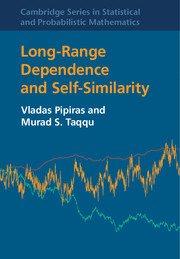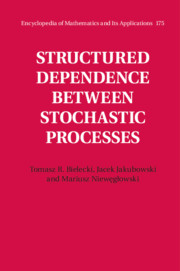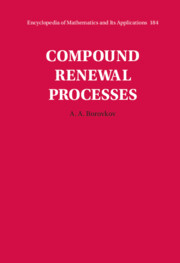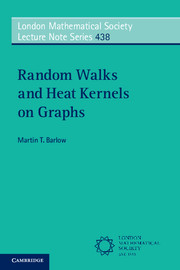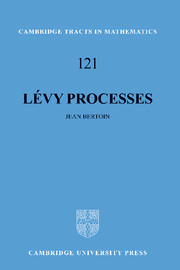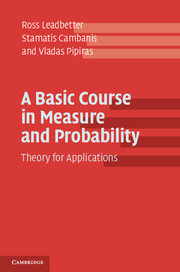Long-Range Dependence and Self-Similarity
This modern and comprehensive guide to long-range dependence and self-similarity starts with rigorous coverage of the basics, then moves on to cover more specialized, up-to-date topics central to current research. These topics concern, but are not limited to, physical models that give rise to long-range dependence and self-similarity; central and non-central limit theorems for long-range dependent series, and the limiting Hermite processes; fractional Brownian motion and its stochastic calculus; several celebrated decompositions of fractional Brownian motion; multidimensional models for long-range dependence and self-similarity; and maximum likelihood estimation methods for long-range dependent time series. Designed for graduate students and researchers, each chapter of the book is supplemented by numerous exercises, some designed to test the reader's understanding, while others invite the reader to consider some of the open research problems in the field today.
- Provides a unified treatment of both basic and more state-of-the-art topics central to the research area
- Features numerous exercises at the end of each chapter to consolidate the reader's knowledge
- Formulates open research problems to point readers to the future
Reviews & endorsements
Advance praise: 'This is a marvelous book that brings together both classical background material and the latest research results on long-range dependence. The book is written so that it can be used as a main source by a graduate student, including all the essential proofs. I highly recommend this book.' Mark M. Meerschaert, Michigan State University
Advance praise: 'This volume lays a rock-solid foundation for the subjects of long-range dependence and self-similarity. It also provides an up-to-date survey of more specialized topics at the center of this research area. The text is very readable and suitable for graduate courses, as it is self-contained and does not require more than an introductory course on stochastic calculus and time series. It is also written with the necessary level of mathematical detail to make it suitable for self-study. I particularly enjoyed the very nice introduction to fractional Brownian motion, its different representations, its stochastic calculus, and the connection to fractional calculus. I strongly recommend this book, which is a welcome addition to the literature and useful for a large audience.' Eric Moulines, Centre de Mathématiques Appliquées, École Polytechnique, Paris
Advance praise: 'This book provides a modern, rigorous introduction to long-range dependence and self-similarity. The authors write with wonderful clarity, covering fundamental as well as selected specialized topics. The book can be highly recommended to anybody interested in mathematical foundations of long memory and self-similar processes.' Jan Beran, University of Konstanz, Germany
Advance praise: 'This is the most readable and lucid account I have seen on long-range dependence and self-similarity. Pipiras and Taqqu present a time-series-centric view of this subject that should appeal to both practitioners and researchers in stochastic processes and statistics. I was especially enamored by the insightful comments on the history of the subject that conclude each chapter. This alone is worth the price of the book!' Richard Davis, Columbia University, New York
Product details
April 2017Hardback
9781107039469
688 pages
260 × 182 × 44 mm
1.42kg
58 b/w illus. 8 tables
Available
Table of Contents
- List of abbreviations
- Notation
- Preface
- 1. A brief overview of times series and stochastic processes
- 2. Basics of long-range dependence and self-similarity
- 3. Physical models for long-range dependence and self-similarity
- 4. Hermite processes
- 5. Non-central and central limit theorems
- 6. Fractional calculus and integration of deterministic functions with respect to FBM
- 7. Stochastic integration with respect to fractional Brownian motion
- 8. Series representations of fractional Brownian motion
- 9. Multidimensional models
- 10. Maximum likelihood estimation methods
- Appendix A. Auxiliary notions and results
- Appendix B. Integrals with respect to random measures
- Appendix C. Basics of Malliavin calculus
- Appendix D. Other notes and topics
- Bibliography
- Index.

